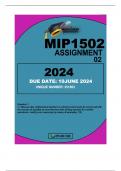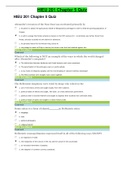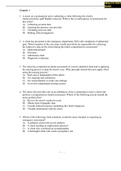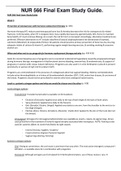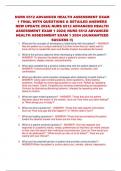Prüfung
MIP1502 ASSIGNMENT 2 DUE 10 JUNE 2024 Question 1 1.1 Discuss why mathematics teachers in primary school must be concerned with the concept of equality as soon learners start writing symbols for number operations. Justify your reasoning by means of example
- Kurs
- Hochschule
MIP1502 ASSIGNMENT 2 DUE 10 JUNE 2024 Question 1 1.1 Discuss why mathematics teachers in primary school must be concerned with the concept of equality as soon learners start writing symbols for number operations. Justify your reasoning by means of examples. (12)
[ Mehr anzeigen ]
